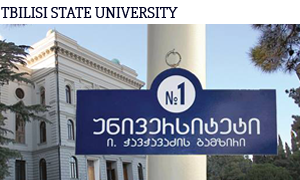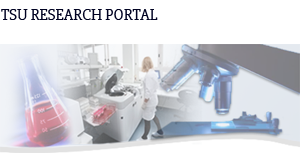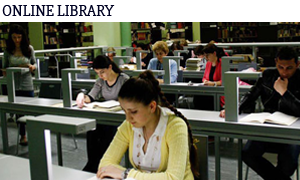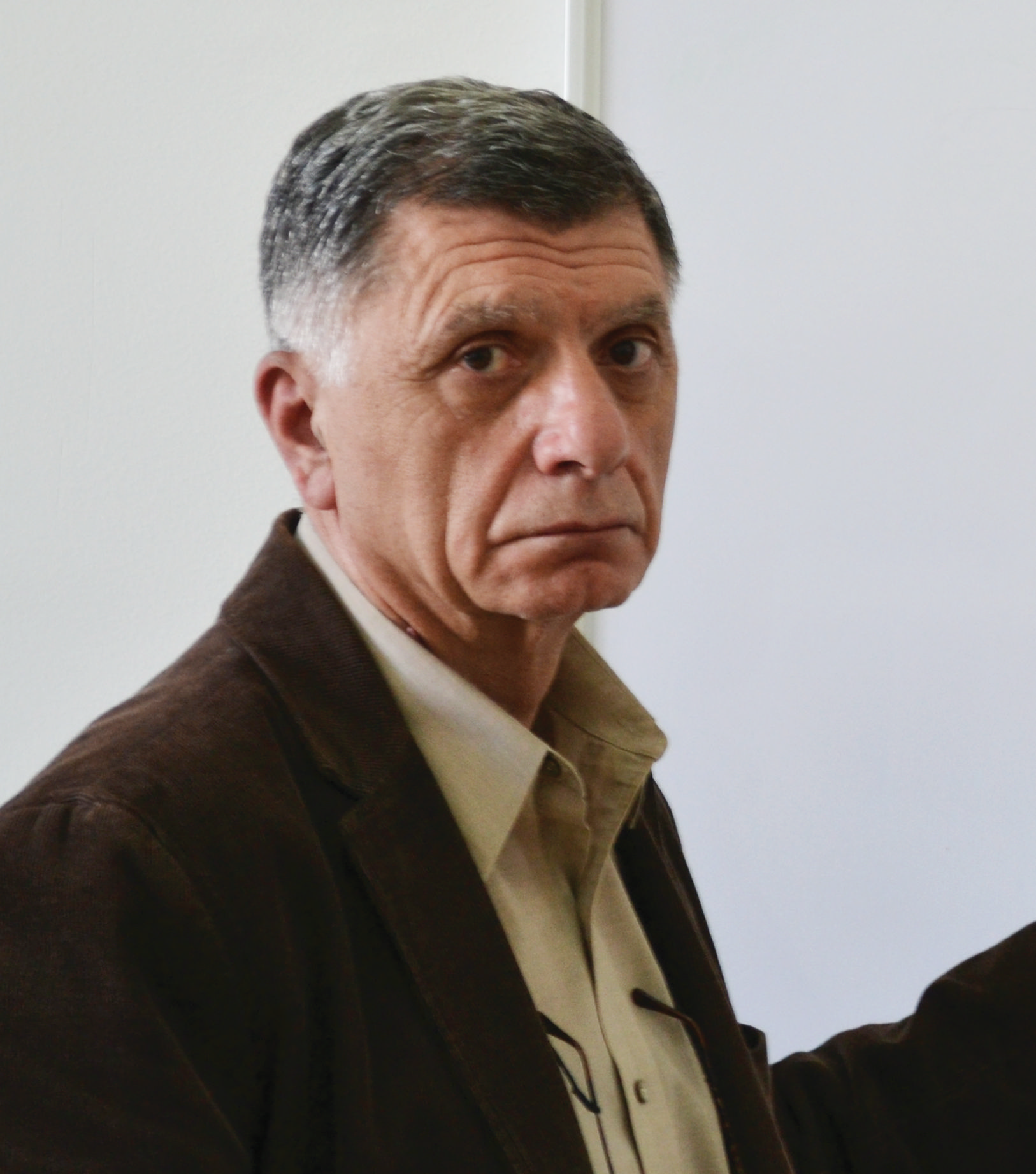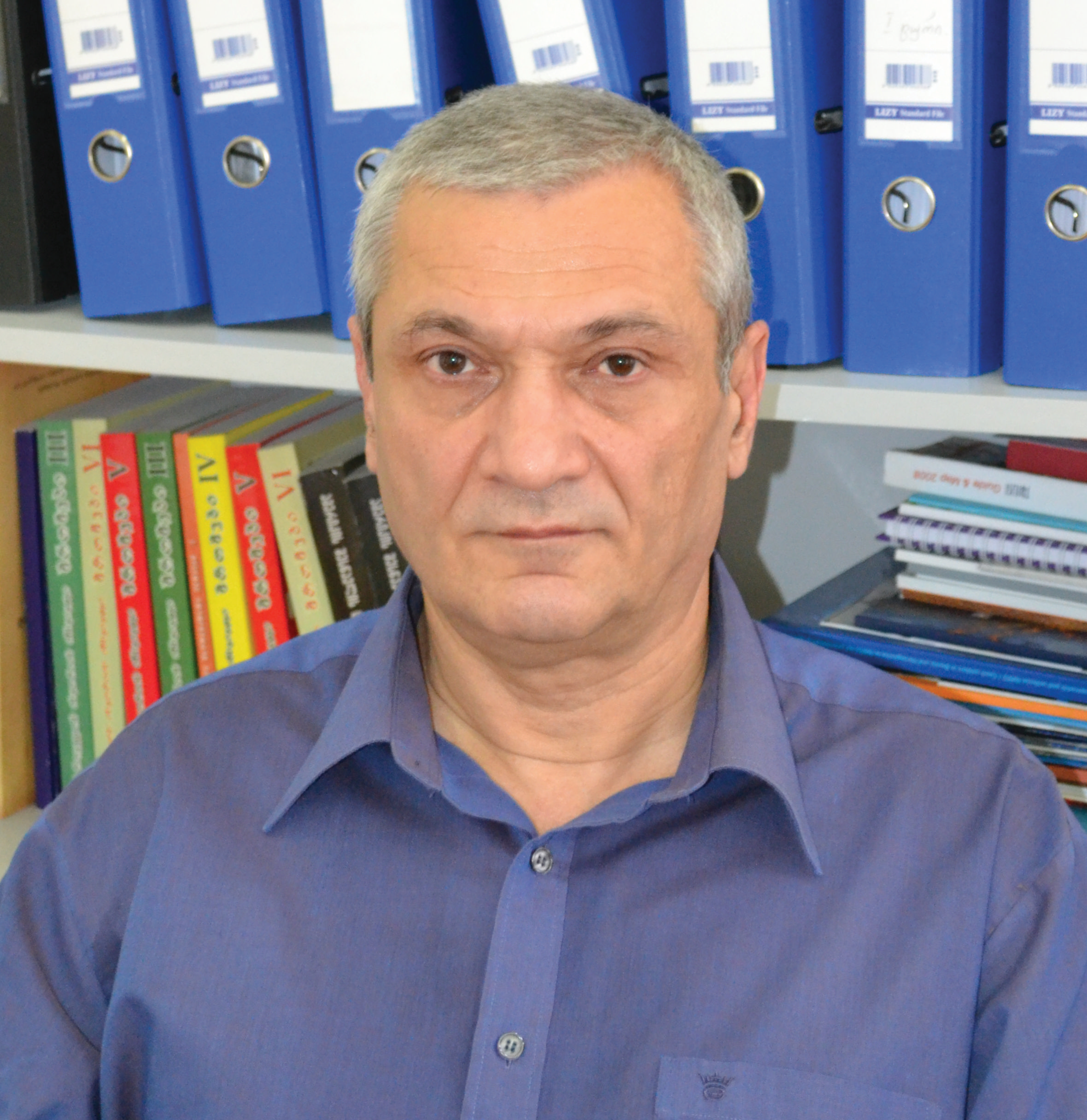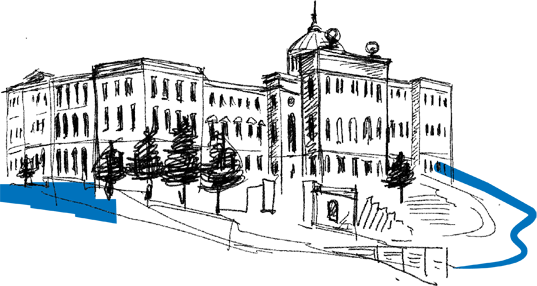
FACULTY OF MEDICINE
TSU Scientists Develop Artificial Perfusion Systems
The Artificial Blood Circulation system, or a perfusion system, is a device that takes over the functions of the heart and lungs. It facilitates artificial blood circulation and delivers oxygen to the human organism. Scientists at Alexander Natishvili Institute of Morphology of Tbilisi State University started to work on the development of a perfusion system model in 2004. Today these researchers will present their invention to society. It is more economical than other well-known perfusion systems and at the same time respects all the parameters of more expensive systems.
The scientists are presently working in two directions: The first includes a project called “Development of Artificial Blood Circulation Portable Device Designed for Field Use”, financed by the Shota Rustaveli National Science Foundation. The project will be implemented in 2013-2015. A group of scientists from the TSU Institute of Morphology, which took an active part in the previous research, is now involved in the project : Professor Dimitri Kordzaia, MD, PhD, ScD, Head of the Department of Clinical Anatomy and Operative Surgery (DCAOS), Nodar Khodeli, MD, PhD, Associate Professor of DCAOS, Zurab Chkhaidze, Md, PhD and Mikheil Jangavadze, MD, PhD – the Assistant Professors of DCAOS; the students from bachelor’s and doctoral degree programs of Faculty of Medicine are also involved in the project.
Another ongoing direction is dedicated to ensuring adequate blood circulation of a recipient’s organism during the anhepatic phases of different durations in full- or partial liver transplant.
The Project Manager Zurab Chkhaidze said, “The key component of a perfusion system, and which defines the efficiency of the entire equipment, is a blood pump. Existing devices used today in experiments or in clinical settings, have a number of shortcomings, including the non-physiological flow rate. Physiologically, blood flow is pulsatile, meaning that blood flow pulsates rather than flows evenly through vessels in the human organism. Most of the existing devices are characterized by non-physiological flow, known as a laminar flow, which can be harmful for living organisms if they are used for a long time, as they cause changes to physiological processes. In addition to large blood vessels, the circulatory system is made up of small capillaries; these fail to receive blood during laminar flow. Such non-pulsatile flow can be endured for short times but for longer use it causes damage that has to be repaired by intensive therapy and rehabilitation of patients through medication and other expensive procedures.”

“There is another problem too”, said Nodar Khodeli. “The second main problem with perfusion systems is their cost. In particular, the use of expensive perfusion systems with a pulsatile flow makes scientific research costly and reduces the chances for their experimental use. A main goal of our research is to create a universal, maximally physiological and cheaper perfusion system for both experimental and clinical purposes. We are working to develop a perfusion system for conducting bio-medical research on animals, and to create portable artificial blood circulation equipment for field use.”
The experience of the researchers is based on years of scientific work on perfusion systems they have developed and patented. Implementation of the first project started under the guidance of Professor Nodar Khodeli at the Scientific, Educational and Training Center of Experimental Surgery. This involved ensuring adequate blood circulation of a recipient’s organism during a full- or partial liver transplant, with anhepatic phases of different durations. In an anhepatic phase, the human organism suffers a deficit of blood when the liver has been removed or partially removed, and before the transplant of a donor’s liver has been accomplished.

Professor Khodeli said, “Trauma is less likely when using our device, as it can be operated by both pressure and volume. Laminar flow can be regulated only by pressure. Flow reduction and increase is proportional to pressure changeability. A universal pump is the key block in our perfusion systems (pic.1). Pump cells are emptied and filled by regulation from the negative pressure (vacuum) and positive pressure management block so that the second cell is emptied while filling the first cell with blood. In the vascular system of experimental animals a pulsator provides a pulsatile flow with physiological characteristics similar to a natural heart. An occlusion device is switched by liquid level sensors in the cells. The hemodynamic characteristics of this pump (blood pressure, amount of blood flow – capacity, volume of each circle, frequency of pulsation, etc.) are similar to those of the best (very expensive) pumps existing in the world. Furthermore, it is equipped with a simple operation system, which ensures both pulsatile (imitation of physiological arterial blood flow) and continuous, non-pulsatile flow (imitation of physiological venous blood flow) in the vascular system of experimental animals of various sizes (rats, young hares, dogs, sheep, etc.), in accordance with particular experimental requirements. Such pump enables to regulate the capacity by both the frequency of pulsation, and the amount of each cycle – at the expense of pressure regulation.”
According to particular experimental requirements, it is possible to create various artificial perfusion systems using the developed pump, as well as to replace physiological blood circulation in the arterial or venous sections of experimental animals by an artificial pump. Moreover, it is possible to ensure blood circulation in isolated organs similar to physiological blood circulation.
The development of a portable artificial blood circulation device designed for field use on the basis of this pump implies the elaboration of a very different portable device and perfusion method. Its use during mass casualty incidents (hostilities, terrorist acts, and natural and technogenic disasters) under conditions of sharp decline of functions in the victims’ vital organs (brain, heart and lungs) will help maintain blood circulation and increase their chances of survival.
References
The results of the research carried out by the scientists from the Institute of Morphology were published in the materials of the 2nd International Congress of Update in Cardiology and Cardiovascular Surgery: “The Heart Surgery Forum”, Turkey, Antalya. 2008, as well as in various scientific journals, including those with impact factor.
E. Azmaiparashvili, M. Geldiashvili, Z. A. Chkhaidze, N. G. Khodeli, O. Pilishvili, G. Tomadze, M. Jangavadze, J. Partsakhashvili, D. Kordzaia - Optimization of Venous Return during the Anhepatic Phase of Experimental Liver Transplantation J. Experimental and Clinical Medicine 01/2010;
Partsakhashvili, D. D., Azmaiparashvili, E. L., Chkhaidze, Z. A., Khodeli, N. G., & Tomadze, G. D. Optimization of the venous return during experimental hepatectomy in rabbits. Georgian Med News 2009 (174), 108-112.
Zurab Chkhaidze, Nodar Khodeli, Otari Pilishvili, Djumber Partsakhashvili, Mikheil Jangavadze, Dimitri Kordzaia – New model of veno-venous bypass for management of anhepatic phase in experimental study on dogs. Transplantation Proceedings. 2013 (Impact Factor: 1.064) (in Press).
Djumber Partsakhashvili, Zurab Chkhaidze, Nodar Khodeli, Otar Pilishvili, Dimitri Kordzaia, Mikheil Jangavadze. Experimental liver autotransplantation with novel scheme of veno-venous bypass as a model of liver denervation and delymphatization. Transplantation Proceedings. 2013 (Impact Factor: 1.064) (in press).

